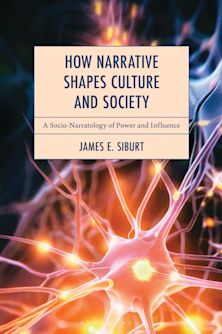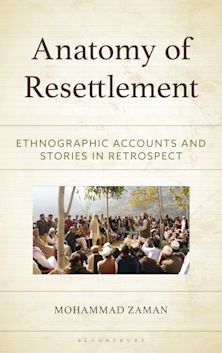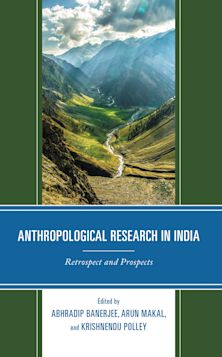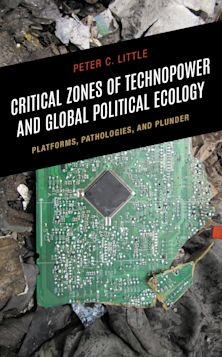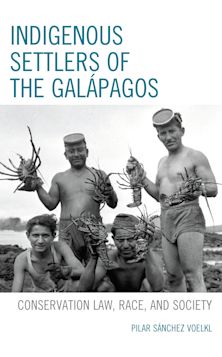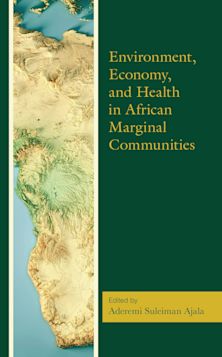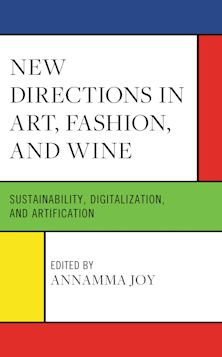Polynesians in America
Pre-Columbian Contacts with the New World
Polynesians in America
Pre-Columbian Contacts with the New World
Description
The possibility that Polynesian seafarers made landfall and interacted with the native people of the New World before Columbus has been the topic of academic discussion for well over a century, although American archaeologists have considered the idea verboten since the 1970s. Fresh discoveries made with the aid of new technologies along with re-evaluation of longstanding but often-ignored evidence provide a stronger case than ever before for multiple prehistoric Polynesian landfalls. This book reviews the debate, evaluates theoretical trends that have discouraged consideration of trans-oceanic contacts, summarizes the historic evidence and supplements it with recent archaeological, linguistic, botanical, and physical anthropological findings.
Written by leading experts in their fields, this is a must-have volume for archaeologists, historians, anthropologists and anyone else interested in the remarkable long-distance voyages made by Polynesians. The combined evidence is used to argue that that Polynesians almost certainly made landfall in southern South America on the coast of Chile, in northern South America in the vicinity of the Gulf of Guayaquil, and on the coast of southern California in North America.
Table of Contents
Chapter 2 Diffusionism in Archaeological Theory: The Good, The Bad, and The Ugly
Chapter 3 Myths and Oral Traditions
Chapter 4 A Longstanding Debate
Chapter 5 The Artifact Record from North America
Chapter 6 The Mapuche Connection
Chapter 7 Identifying Contact with the Americas: A Commensal Based Approach
Chapter 8 A Reappraisal of the Evidence for Pre-Columbian Introduction of Chickens to the Americas
Chapter 9 Did Ancient Polynesians Reach the New World? Evaluating Evidence from the Ecuadorian Gulf of Guayaquil
Chapter 10 Words from Furthest Polynesia: North and South American Linguistic Evidence for Prehistoric Contact
Chapter 11 Human Biological Evidence for Polynesian Contacts with the Americas -Finding Maui on Mocha or Kupe in Carmel?
Chapter 12 Rethinking the Chronology of Colonization of Southeast Polynesia
Chapter 13 Sailing from Polynesia to the Americas
Chapter 14 Summary and Conclusions
Product details
| Published | 16 Jan 2011 |
|---|---|
| Format | Ebook (PDF) |
| Edition | 1st |
| Extent | 1 |
| ISBN | 9798216211921 |
| Imprint | AltaMira Press |
| Publisher | Bloomsbury Publishing |
Reviews

ONLINE RESOURCES
Bloomsbury Collections
This book is available on Bloomsbury Collections where your library has access.












